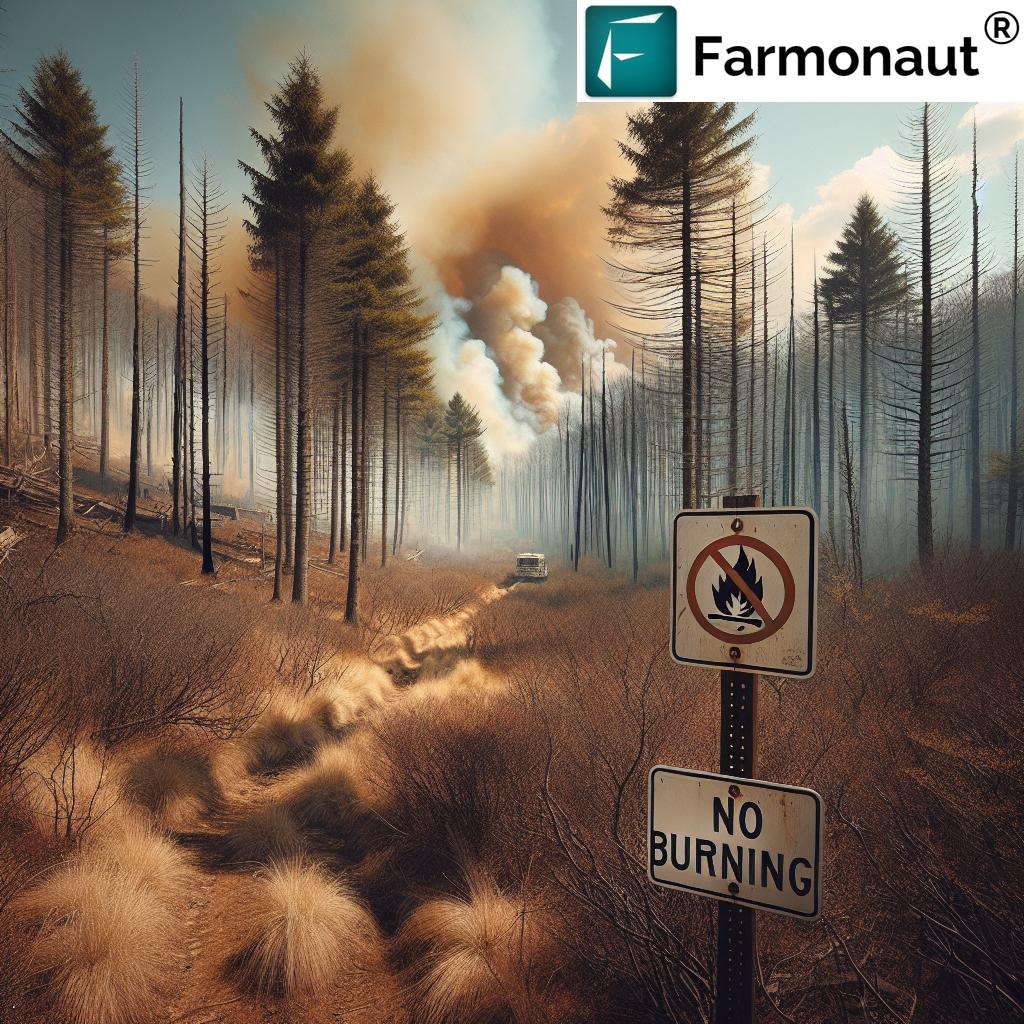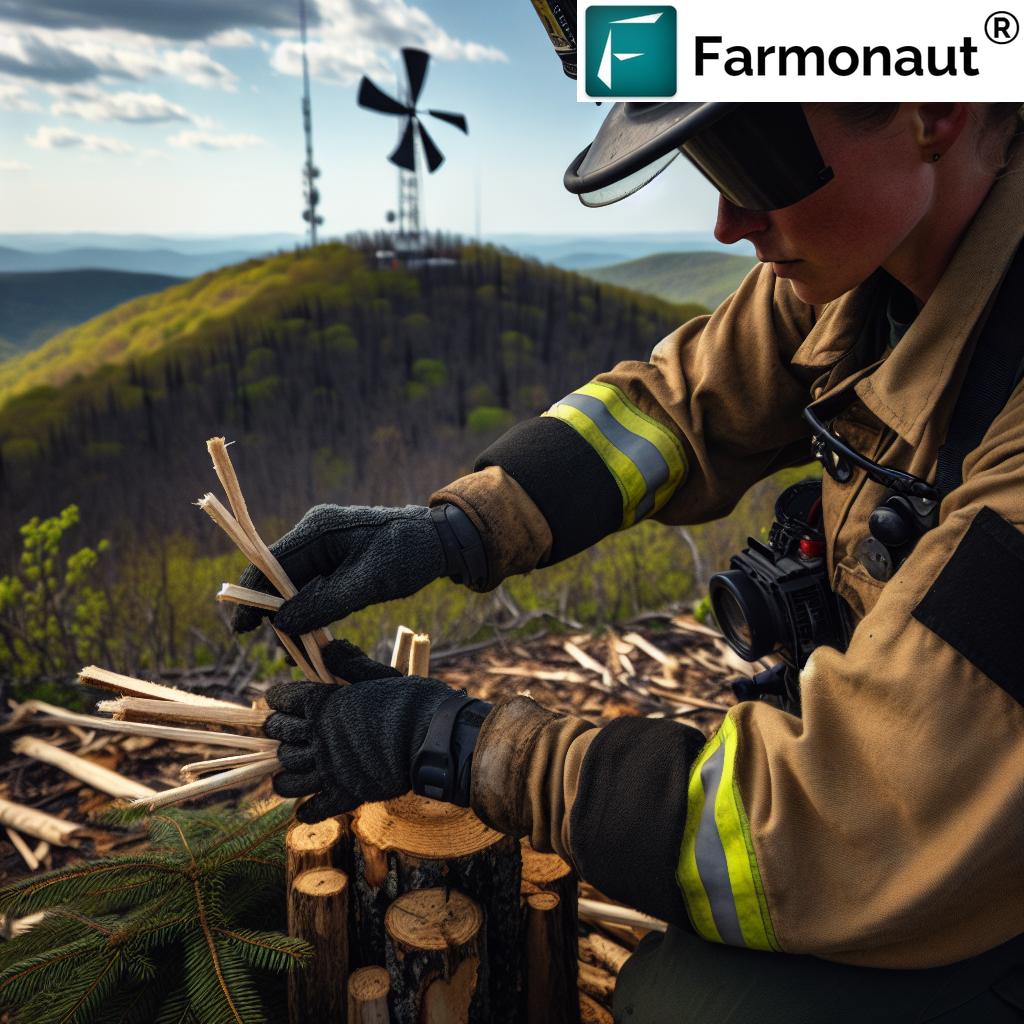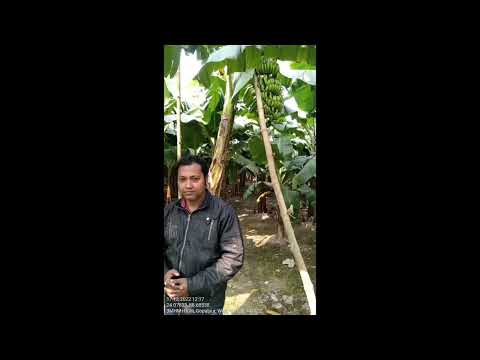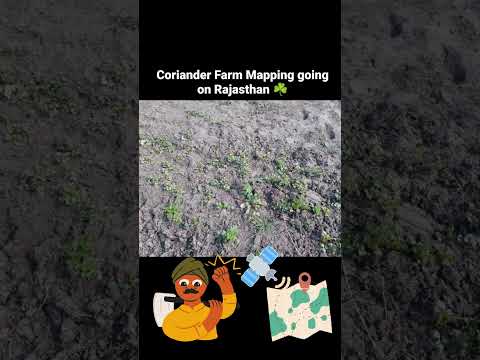Spring Fire Danger: Essential Safety Tips for West Virginia’s Dry Weather Burning Season
“Nearly 50% of West Virginia’s forest fires this year occurred in just one week during the spring fire season.”
“West Virginia’s spring fire danger season lasts 92 days, from March 1 to May 31, with strict daytime burning regulations.”
As we enter the spring season in West Virginia, our beautiful state faces a significant challenge: an exceptionally active and dangerous fire season. The combination of dry weather, unseasonably warm temperatures, and windy conditions has created a perfect storm for rapid fire spread. In this comprehensive guide, we’ll explore the current situation, provide essential safety tips, and offer insights into navigating this hazardous period.
The Current Fire Situation in West Virginia
The West Virginia Division of Forestry has issued a stark warning about the current fire danger. Nearly half of this year’s forest fires have occurred in just the last week, highlighting the severity of the situation. Let’s break down the key factors contributing to this alarming trend:
- Dry Weather: Persistent lack of rainfall has left vegetation and forest floors exceptionally dry.
- Unseasonably Warm Temperatures: Higher than average temperatures are accelerating the drying process.
- Windy Conditions: Strong winds are facilitating the rapid spread of fires once they start.
These conditions have created a tinderbox scenario across much of the state, particularly in areas like Boone County and the regions surrounding Kanawha County.

Understanding the Spring Fire Season in West Virginia
The spring fire season in West Virginia is a critical period that demands our utmost attention and caution. From March 1 to May 31, the state implements strict regulations on outdoor burning to mitigate the risk of wildfires. This 92-day window is when our forests are most vulnerable, and it’s crucial that we all play our part in preventing fires.
During this period, daytime burning between 7 a.m. and 5 p.m. is illegal without a proper permit. This regulation is in place to minimize the risk of fires starting and spreading during the hottest and driest parts of the day when they’re most difficult to control.
The Role of Weather in Fire Risk
Weather plays a crucial role in determining fire risk, and this year’s conditions are particularly concerning. Storm Team meteorologist Doug Harlow warns that this could be one of the most severe spring fire seasons in recent memory. Even with some rain in the forecast, the situation remains precarious.
Here’s why the current weather patterns are so dangerous:
- High Temperatures: Temperatures approaching 80 degrees Fahrenheit are unusually warm for this time of year, accelerating the drying of vegetation.
- Wind: Strong winds can quickly spread small fires, turning them into large-scale disasters in a matter of hours.
- Low Humidity: Dry air further desiccates plant material, making it more susceptible to ignition.
It’s important to note that even if rain does come, it may not be enough to significantly reduce the fire risk. In fact, wind accompanying rain storms can sometimes exacerbate the danger by spreading embers and small fires more rapidly.
Essential Wildfire Prevention Tips
Preventing wildfires is a responsibility we all share. Here are some critical wildfire prevention guidelines to follow during this high-risk period:
- Avoid Outdoor Burning: If possible, postpone any plans for outdoor burning until conditions improve.
- Create a Safety Buffer: If you must burn during legal hours, maintain at least a 10-foot safety strip or fire ring around any yard debris.
- Monitor Weather Conditions: Stay informed about local weather forecasts, especially wind speeds and direction.
- Properly Dispose of Cigarettes: Never throw cigarette butts out of car windows or onto the ground.
- Be Cautious with Equipment: Avoid using equipment that can create sparks near dry vegetation.
Remember, prevention is always better than fighting a wildfire. By following these guidelines, we can significantly reduce the risk of fires starting and spreading.
Outdoor Burning Regulations in West Virginia
Understanding and adhering to outdoor burning regulations is crucial for fire prevention. Here’s a detailed look at the rules in place during the spring fire season:
| Time Period | Burning Regulations | Safety Measures | Penalties for Violations |
|---|---|---|---|
| March 1 – May 31 |
– No burning allowed between 7 a.m. and 5 p.m. – Burning permitted from 5 p.m. to 7 a.m. with proper precautions |
– Maintain a 10-foot safety strip around debris – Have water and tools ready – Stay with fire until completely out |
– Fines up to $1,000 per violation – Possible criminal charges for causing a wildfire |
| June 1 – February 28 |
– Burning allowed with proper precautions – Local regulations may still apply |
– Follow general fire safety guidelines – Check local weather conditions before burning |
– Penalties may apply for negligent burning – Liability for any damage caused |
These regulations are designed to protect our communities and natural resources. It’s essential to familiarize yourself with these rules and follow them strictly.

Fire Safety During Windy Conditions
Wind is one of the most significant factors in the spread of wildfires. During windy conditions, extra precautions are necessary:
- Avoid Any Burning: Even if it’s during legal hours, it’s best to avoid burning altogether on windy days.
- Secure Loose Items: Ensure that items in your yard that could catch fire and be carried by the wind are secured or stored.
- Be Alert: Keep an eye out for any signs of smoke or fire in your area and report them immediately.
- Have an Evacuation Plan: In case of a rapidly spreading fire, know your evacuation routes and have an emergency kit ready.
Remember, wind can turn a small, controllable fire into a major disaster in minutes. Always err on the side of caution when conditions are windy.
The Role of Forestry Crews in Fire Management
The West Virginia Division of Forestry plays a crucial role in managing and preventing wildfires across the state. Their dedicated crews work tirelessly to protect our forests and communities. Here’s how they operate:
- Fire Breaks: Forestry crews create fire breaks to contain and control blazes, as seen in recent efforts in Boone County.
- Monitoring: They constantly monitor conditions and respond quickly to reports of fires.
- Education: The Division provides vital information and education to the public about fire risks and prevention.
- Enforcement: They enforce burning regulations and investigate illegal burning activities.
The work of these firefighters and forestry experts is invaluable in protecting our state’s natural resources and communities.
Protecting Critical Infrastructure
Wildfires don’t just threaten forests and homes; they can also endanger critical infrastructure. In Boone County, for instance, recent efforts focused on protecting communications towers from an approaching blaze. This highlights the wide-ranging impacts that fires can have on our communities.
Key infrastructure at risk during fire season includes:
- Communication networks
- Power lines and electrical substations
- Water treatment facilities
- Transportation routes
Protecting this infrastructure is crucial for maintaining emergency services and community safety during fire events.
Community Preparedness and Response
Fire safety is a community effort. Here are some ways we can all contribute to fire prevention and preparedness:
- Stay Informed: Keep up to date with local news and weather reports.
- Report Suspicious Activity: If you see illegal burning or signs of a wildfire, report it immediately.
- Support Local Fire Departments: Consider volunteering or donating to support our local firefighters.
- Create Defensible Space: If you live in a fire-prone area, create a buffer zone around your property.
- Educate Others: Share fire safety information with friends, family, and neighbors.
By working together, we can significantly reduce the risk of wildfires and protect our communities.
The Impact of Climate Change on Fire Seasons
It’s important to acknowledge the role that climate change plays in exacerbating fire risks. As our climate continues to warm, we’re seeing:
- Longer and more intense dry seasons
- More frequent heat waves
- Changes in precipitation patterns
- Increased likelihood of drought conditions
These factors contribute to more frequent and severe fire seasons, not just in West Virginia but across many regions. Understanding this broader context helps us appreciate the importance of both immediate fire safety measures and long-term environmental stewardship.
Technology in Fire Prevention and Management
Advancements in technology are playing an increasingly important role in fire prevention and management. While discussing these technologies, it’s worth noting how satellite-based solutions are being used in various sectors, including agriculture and environmental monitoring.
For instance, companies like Farmonaut are leveraging satellite technology for agricultural purposes. While not directly related to fire management, such technologies demonstrate the potential of satellite-based monitoring in various environmental applications.
In the context of fire management, similar satellite technologies can be used for:
- Early detection of wildfires
- Monitoring fire spread and behavior
- Assessing vegetation dryness and fire risk
- Coordinating firefighting efforts
These technological advancements complement traditional fire management techniques, enhancing our ability to prevent and respond to wildfires effectively.
Post-Fire Recovery and Ecosystem Management
After a fire, the work of restoration and recovery begins. This process is crucial for the long-term health of our forests and ecosystems. Key aspects of post-fire management include:
- Soil erosion control
- Reforestation efforts
- Monitoring for invasive species
- Assessing and protecting wildlife habitats
These efforts require collaboration between forestry experts, ecologists, and local communities to ensure the best outcomes for our natural environments.
Educational Initiatives for Fire Safety
Education plays a vital role in preventing wildfires. Various organizations in West Virginia are working to spread awareness about fire safety. These initiatives include:
- School programs teaching children about fire prevention
- Community workshops on creating fire-resistant landscapes
- Public awareness campaigns during high-risk seasons
- Training sessions for property owners in fire-prone areas
By educating our communities, we can create a culture of fire safety that extends beyond just the spring fire season.
Conclusion: A Call to Action
As we navigate this challenging spring fire season in West Virginia, it’s crucial that we all remain vigilant and proactive in fire prevention. The combination of dry weather, warm temperatures, and windy conditions has created a perfect storm for wildfires, but by following safety guidelines and staying informed, we can significantly reduce the risk.
Remember:
- Adhere strictly to burning regulations
- Stay informed about local weather conditions
- Be prepared and have an emergency plan
- Support our local firefighters and forestry crews
- Educate others about fire safety
By working together as a community, we can protect our beautiful state, its forests, and our homes from the danger of wildfires. Stay safe, stay informed, and let’s make this spring fire season as uneventful as possible.
FAQs
- Q: When is outdoor burning allowed in West Virginia during the spring fire season?
A: From March 1 to May 31, outdoor burning is only allowed from 5 p.m. to 7 a.m. Daytime burning between 7 a.m. and 5 p.m. is illegal without a permit. - Q: What safety measures should I take if I need to burn during legal hours?
A: Maintain at least a 10-foot safety strip around the burn area, have water and tools ready, and stay with the fire until it’s completely out. - Q: How does wind affect fire danger?
A: Wind can rapidly spread fires and embers, significantly increasing the danger. It’s best to avoid burning altogether on windy days. - Q: What should I do if I spot a wildfire?
A: Immediately report it to local authorities or the fire department. Do not attempt to fight a wildfire on your own. - Q: Are there penalties for illegal burning in West Virginia?
A: Yes, illegal burning can result in fines up to $1,000 per violation and possible criminal charges if it leads to a wildfire.




